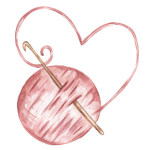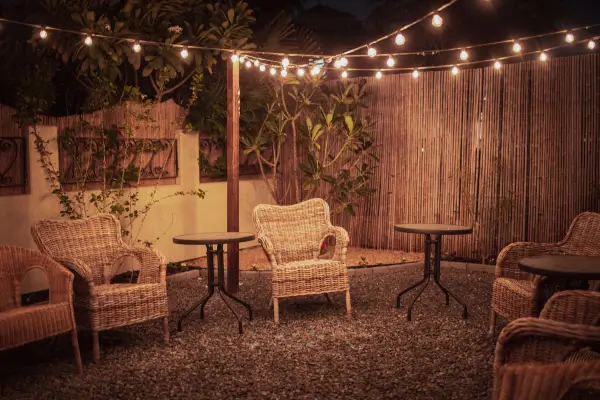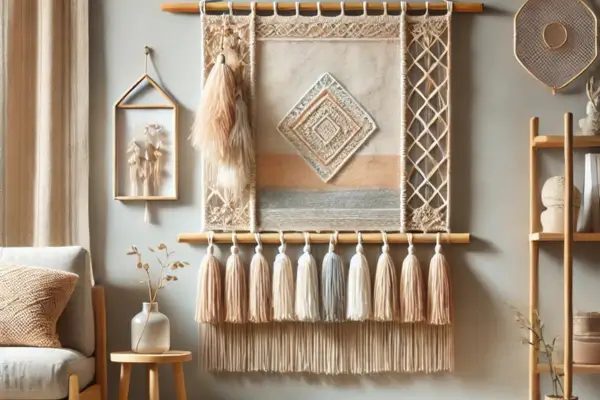Creating fabric bunting is a fun and creative way to add charm to parties, home decor, or special events. These colorful triangular flags can transform any space into a festive or cozy environment.
Whether you’re planning a birthday party, decorating a nursery, or adding a personal touch to your living room, fabric bunting is versatile, easy to make, and budget-friendly. Best of all, you don’t need advanced sewing skills—there are even no-sew options for quick projects.
Let’s explore how to create your own custom fabric bunting step by step. With simple tools and materials, you’ll have a beautiful decoration ready in no time!
Why Choose Fabric Bunting?
Fabric bunting is more than just a decorative piece—it’s a celebration of creativity. Here’s why it’s worth trying:
- Customizable : Mix and match fabrics, colors, and patterns to suit your theme or style.
- Easy to Make : Perfect for beginners, with both sewing and no-sew methods available.
- Reusable : Unlike disposable decorations, fabric bunting can be used again and again.
- Versatile : Great for parties, holidays, outdoor gatherings, or permanent home decor.
Materials You’ll Need
Before starting, gather these essential materials. This list is designed to be practical and accessible, so you can use items you already have at home or find easily.
Fabric Choices
- Cotton Fabric : Soft, durable, and easy to work with. Use scrap fabric from old clothes, bedsheets, or pillowcases.
- Felt : Ideal for no-sew projects because it doesn’t fray. Perfect for kids’ rooms or rustic themes.
- Lace or Sheer Fabric : Adds elegance for weddings or romantic decor.
- Upcycled Materials : Transform old T-shirts, tablecloths, or curtains into unique bunting flags.
Tools
- Scissors or Rotary Cutter : For cutting fabric into precise shapes.
- Ruler or Template : To ensure all flags are the same size. You can use cardboard or a plastic stencil.
- Sewing Machine or Needle and Thread : For sewing methods. If you don’t sew, fabric glue works perfectly.
- Iron and Ironing Board : To press fabric and remove wrinkles before cutting.
- Bias Tape or Ribbon : Used to string the flags together. Choose a color that complements your fabric.
- Pins or Clips : To hold pieces in place while sewing or gluing.
- Fabric Glue : For no-sew projects or securing edges.
Optional Embellishments
- Fabric Paint or Markers : Add patterns, letters, or designs to personalize your flags.
- Stencils : For creating consistent shapes or text on your fabric.
- Tassels or Pom-Poms : Attach them to the ends of the bunting for extra flair.
Step-by-Step Guide to Creating Your Fabric Bunting
Step 1: Plan Your Design
Decide on the look and purpose of your bunting. Consider the following:
- Size : Standard flags are about 6-8 inches wide and 8-10 inches tall, but you can adjust based on your needs.
- Theme : Match colors and patterns to your event or decor. For example, pastels for a baby shower or bold prints for a birthday party.
- Length : Measure the area where you’ll hang the bunting to determine how many flags you’ll need.
Pro Tip: Use paper templates to test layouts before cutting fabric. This helps visualize spacing and design.
Step 2: Cut Your Fabric Flags
- Create a template by cutting a triangle from cardboard or stiff paper.
- Trace the template onto your fabric using chalk or a fabric marker.
- Cut out the flags using scissors or a rotary cutter.
Pro Tip: Stack multiple layers of fabric to cut several flags at once, saving time.
Step 3: Finish the Edges (Optional)
If you’re sewing, you can finish the edges to prevent fraying:
- Fold the edges of each flag inward and press with an iron.
- Sew along the folded edges using a straight stitch.
For no-sew options, skip this step and use felt or fabric glue to secure raw edges.
Step 4: Attach Flags to Bias Tape or Ribbon
- Lay the bias tape or ribbon flat on your work surface.
- Place the flags face down along the center of the tape, spacing them evenly (about 1-2 inches apart).
- Pin or clip the flags in place.
Pro Tip: Leave extra ribbon or bias tape at both ends for hanging.
Step 5: Sew or Glue the Flags
- Sewing Method : Sew along the top edge of the bias tape, catching the raw edges of the flags inside. Use a straight stitch for durability.
- No-Sew Method : Apply fabric glue along the top edge of each flag and press it firmly into the bias tape. Let it dry completely before handling.
Pro Tip: Reinforce the connection points with extra stitches or glue for added strength.
Step 6: Add Finishing Touches
- Trim any loose threads or uneven edges.
- Add embellishments like tassels, pom-poms, or fabric paint to personalize your bunting.
- Hang your finished bunting using nails, hooks, or adhesive strips.
Pro Tip: For outdoor use, reinforce the bias tape with waterproof spray to protect against weather.
Creative Ideas to Personalize Your Fabric Bunting
- Themed Designs : Use holiday-themed fabrics (like red and green for Christmas) or add seasonal motifs.
- Personalized Messages : Spell out names, initials, or phrases on the flags using fabric markers or stencils.
- Mixed Textures : Combine different fabrics like lace, denim, and cotton for a layered look.
- Kids’ Room Decor : Create playful bunting with animal prints, polka dots, or bright colors.
Tips for Success
- Always prewash your fabric to prevent shrinkage or color bleeding.
- Use a hot glue gun for quick fixes if you’re short on time.
- Experiment with flag shapes, such as pennants, circles, or scalloped edges.
Final Thoughts
Creating fabric bunting is a simple yet impactful way to add personality to any space. Whether you’re crafting for a special occasion or everyday decor, this project is easy, customizable, and fun.
With basic tools and materials, you can create something truly unique that reflects your style. Gather your supplies, follow these steps, and let your creativity shine.
Ready to make your space more festive and charming? Start crafting your fabric bunting today!



